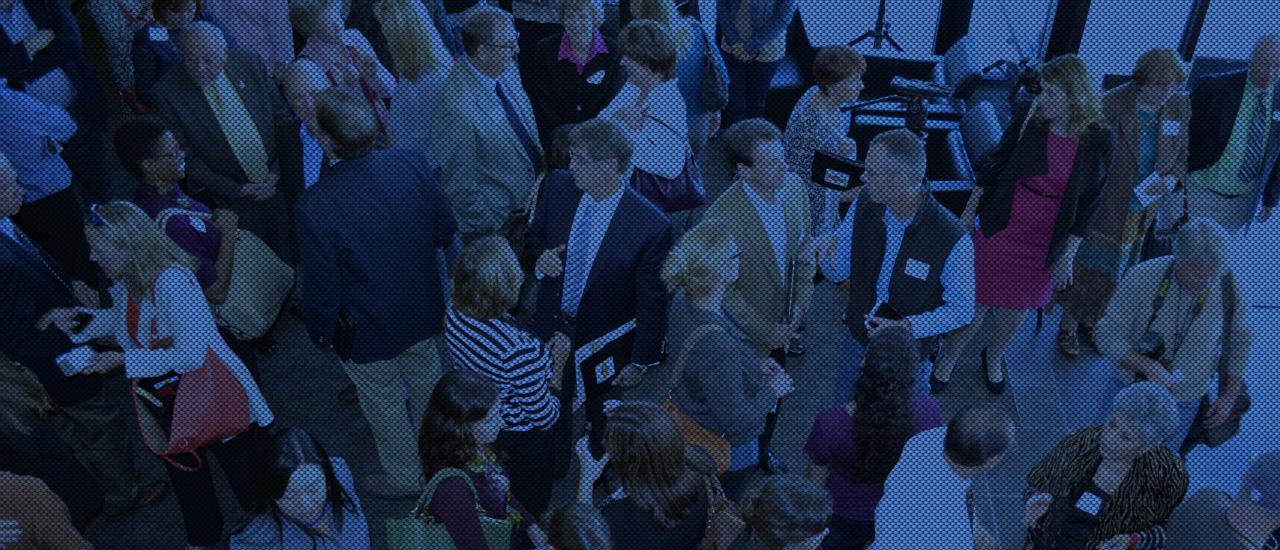
Image Gallery
Originally developed in the mid-1990s, early gunshot detection tools quickly attracted the interest of local police and the Pentagon. In Iraq and Afghanistan, the military used gunshot detectors extensively to locate snipers and insurgents. Today, gunshot detector companies boast that their latest models not only detect gun discharges and relay the location of the incident to police, but also identify the caliber of the gun used and count the number of shooters. Local authorities must ensure that the equipment is not used to monitor your lawful activities – even if you happen to live in a high-crime neighborhood.
CIVIL LIBERTIES CONCERNS
The technology is far from perfect – and could raise very serious privacy concerns if not carefully calibrated to detect only gunfire. The Justice Department lauds these devices for picking up over 99 percent of shots fired within their range (a very low false-negative rate). However, these devices have been known to pick up noise from firecrackers and car backfires (a much higher false-positive rate). Some gunshot detectors have even captured and recorded loud conversations. Officials in communities using this technology must adopt policies to ensure that they are only sensitive enough to monitor gun violence and are not used to monitor or record the activities of ordinary people.
Gunshot detectors use many of the same techniques geologists use to monitor and locate seismological activity. Newer models use a combination of acoustic and infrared sensors to spot gunfire.
- Gunshot detectors are large acoustic sensors. Mounted by the dozen on utility poles and the sides of buildings, they form expansive geographic networks that cover whole neighborhoods.
- Gunshot detectors sense several unique characteristics of gunshots. They are set up to recognize the sound of a bullet blast, the “crack” of a projectile moving at supersonic speeds, and a visible muzzle flash. Ideally, the detectors lie dormant until a gun is fired, at which point the system’s microphones and infrared cameras activate.
- When someone fires a gun, multiple sensors detect the noise and record the precise moment the sound reached the sensor. The volume of the shot and tiny differences in the time it took the sound to reach the sensor establish the distance of the shot from each detector. A computer uses this information to triangulate the location of the shooter. The most advanced models available to large police departments can recognize more than one shooter. Some even identify the caliber of the weapons.
- In an ideal situation, police respond with more speed and precision than in the past. Whereas eyewitness accounts of a shooting are often fuzzy, gunshot detectors pinpoint the location of a shooting to within a few yards and can tell officers what to expect when they arrive (e.g., if the shooter was moving on foot or in a car).
According to the New York Times, more than 70 communities around the country have acquired extensive gunshot detection systems, including large cities like New York, Boston, Minneapolis, and San Francisco. Cities that use ShotSpotter, the most popular system, also subscribe to the company’s monitoring service, which interfaces directly with the city’s police communications center. The city of Seattle has considered installing ShotSpotter’s detection system.
Examples of Use
When government agencies consider acquiring and using surveillance systems, communities and their elected officials must both weigh the benefits against the costs to civil liberties and carefully craft policies and procedures that help to limit the negative effects that surveillance will have on fundamental rights. For a useful list of considerations, please visit the recommendations page.





